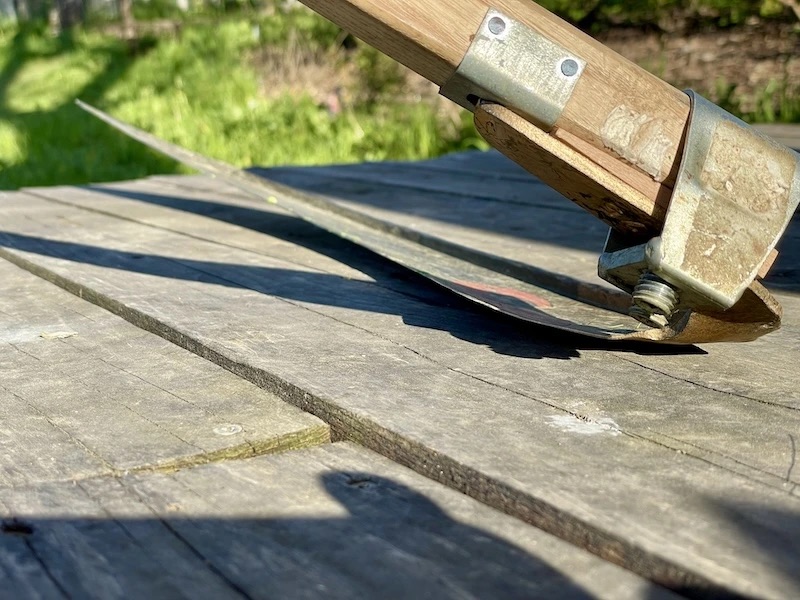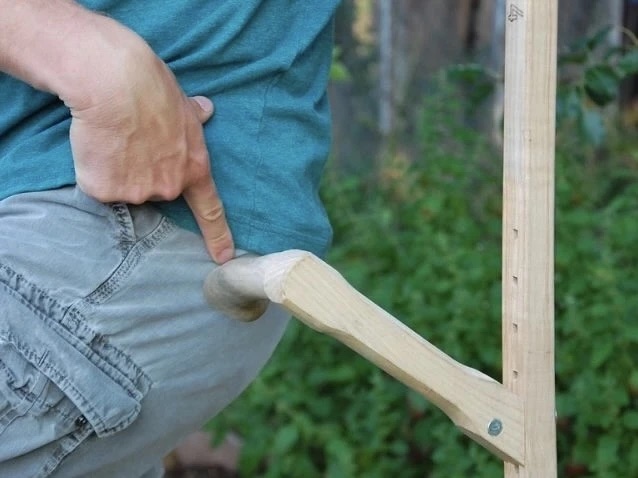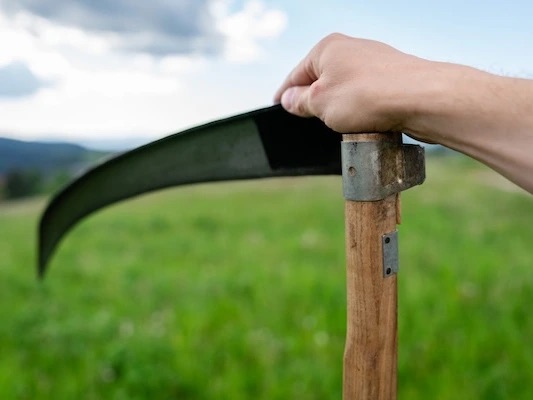
Correct attachment of the scythe to the snath
In order to enjoy mowing with a scythe, we need three basic things: 1. A well-peened, sharp scythe, 2. A snath correctly adjusted to the mower's physique, and 3. Adherence to three principles when placing the scythe on the snath, which are related to angles. These angles can be called Hafting Angle,...


-1.jpeg)
